When our dog spotted something exciting on a trail, she bolted straight into a patch of cactus. Within seconds, she had jumping cholla deep in her paws and was crying in agony. It took us nearly 30 minutes to get all the needles out—but thankfully, we had tweezers right there in her emergency kit. If we hadn’t, we would’ve wasted more precious time driving to the store to buy some while she stayed in pain. That experience taught us how important it is to be prepared with the right supplies.
Accidents can happen when you least expect them—whether it’s cactus needles on a hike, a scraped paw on a walk, or a sudden upset stomach at home. Having a pet first aid kit ready gives you peace of mind and helps you act quickly when your pet needs care. You don’t need an overwhelming list of supplies, just the right essentials to keep your pet comfortable until you can see the vet.
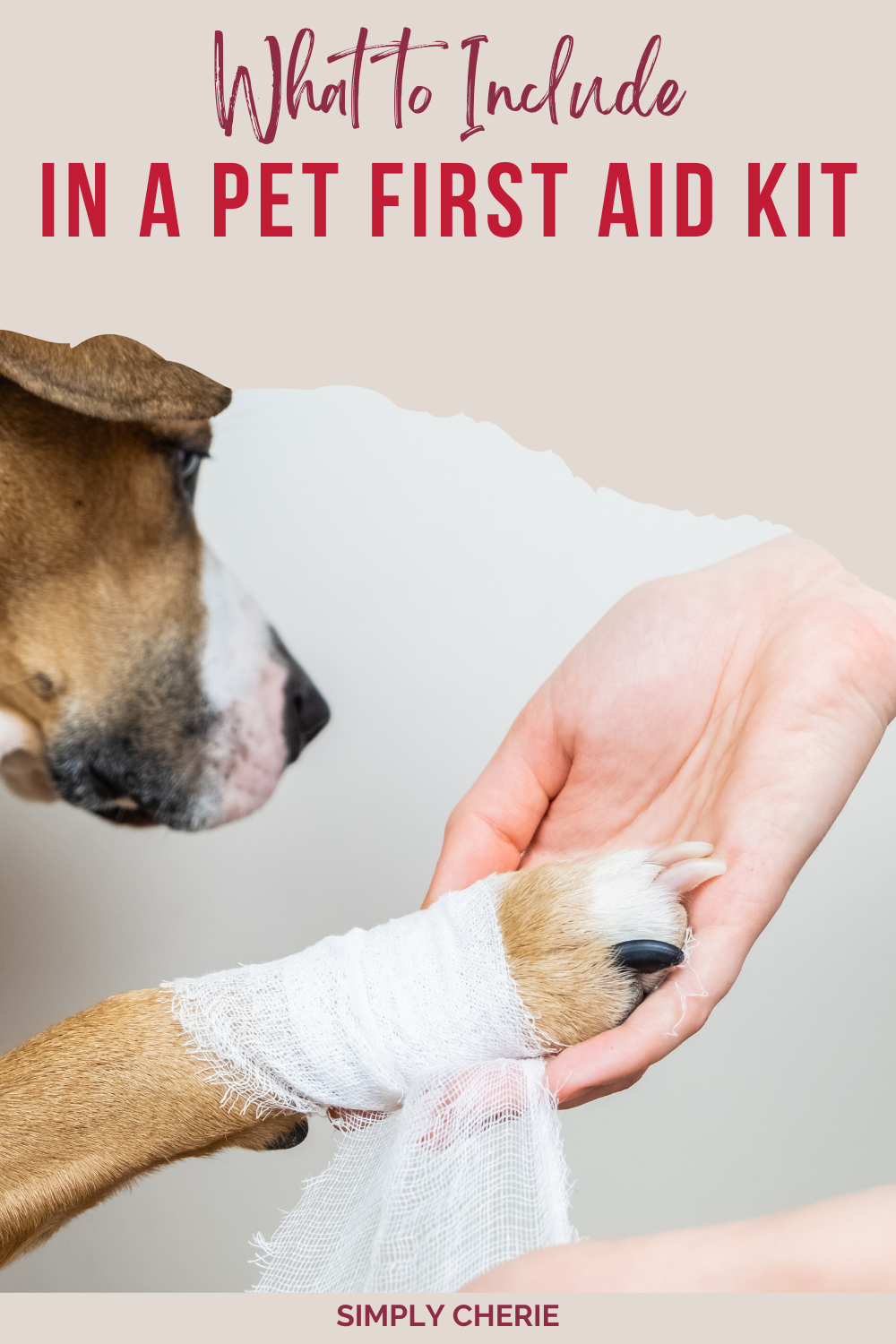
1. Wound Care Basics
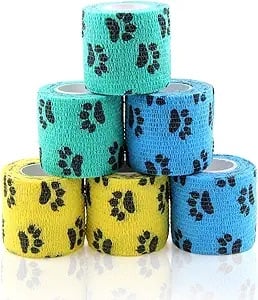
One of the most common reasons you’ll reach for your pet first aid kit is to deal with cuts, scrapes, or minor injuries. Pets are curious, and that often leads to little accidents. Having wound care supplies ensures you can clean and protect the injury quickly, preventing infection or further irritation.
- Gauze rolls and non-stick pads – Use these to apply pressure and stop bleeding, then cover the wound. Non-stick pads are especially important because they won’t pull on your pet’s fur.
- Self-adhesive vet wrap – This stretchy wrap sticks to itself, not your pet’s skin, which makes it ideal for keeping dressings in place without being too tight.
- Medical tape – Sometimes you need just a little extra security, especially if your pet is active and likely to wiggle bandages loose.
- Pet-safe antiseptic wipes or spray – Cleaning the wound is the first step to preventing infection, but always choose products labeled safe for animals.
These simple items can turn a scary situation into something manageable. Even if you only use them occasionally, you’ll be glad you had them ready.
2. Handy Tools and Instruments
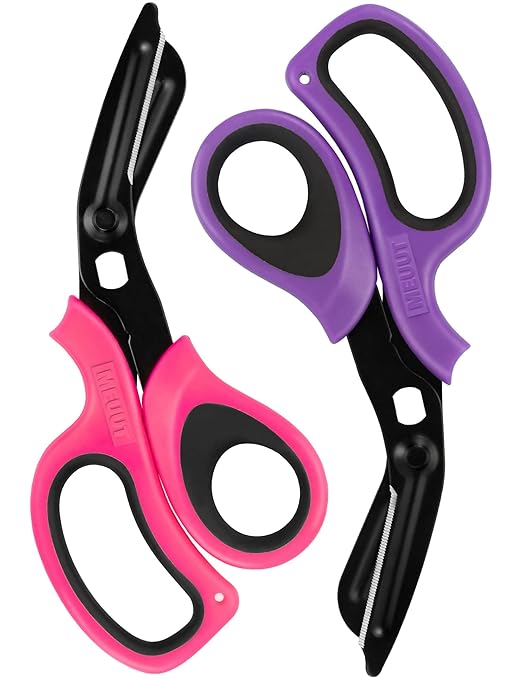
In the middle of an emergency, fumbling for the right tool can be stressful. Having a few basic instruments in your kit means you’re prepared for common problems like ticks, splinters, or overheating.
- Tweezers – Essential for removing ticks, cactus needles, or thorns stuck in paws. Trying to do this with your fingers isn’t safe for you or your pet.
- Bandage scissors – Regular scissors can be risky near fur and skin, but bandage scissors are designed to cut close without causing harm.
- A digital thermometer – A temperature check can help you recognize heatstroke, hypothermia, or fever early. Normal temperature for most dogs and cats is between 100–102.5°F.
- Disposable gloves – When treating wounds, gloves help keep things sanitary and protect you from germs or chemicals.
These small tools often make the biggest difference. They don’t take up much space but allow you to act quickly and confidently.
3. Cleaning and Comfort Items
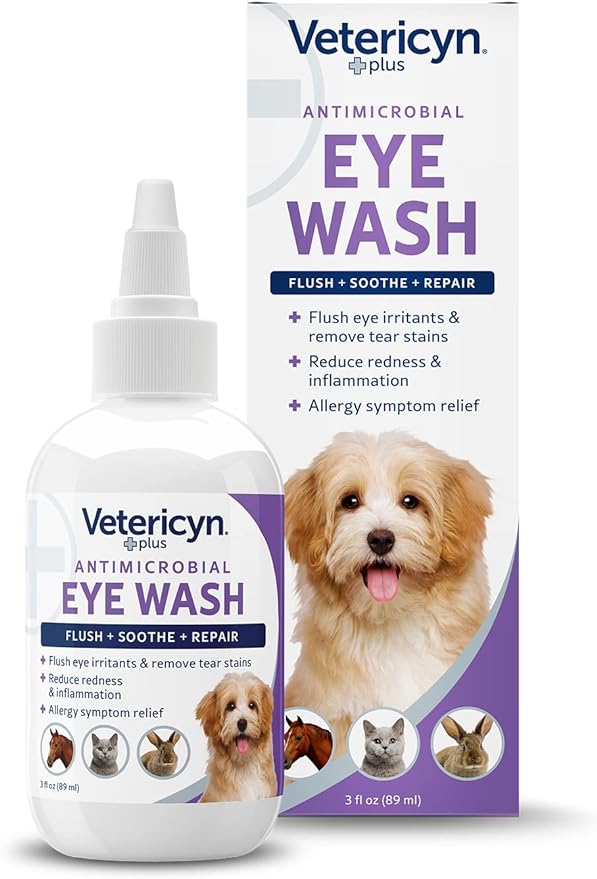
Sometimes the hardest part of pet first aid isn’t the injury itself—it’s keeping your pet calm while you treat it. Cleaning and comfort items help you care for your pet gently and reduce stress during treatment.
- Saline solution – Perfect for flushing dirt out of a cut or rinsing an irritated eye. It’s gentle, safe, and multipurpose.
- Diluted antiseptic (like povidone-iodine) – A safe way to disinfect wounds without the burning or stinging of alcohol or hydrogen peroxide.
- Eye wash or lubricating gel – Pets often get irritants in their eyes, especially during walks or hikes. Having eye wash handy prevents scratching or pawing at the eye.
- A soft towel – Towels are versatile: use one to dry, wrap, or even as a makeshift sling. They also help keep your pet calm by providing a familiar texture and smell.
Comfort matters as much as treatment. When pets feel secure, it’s much easier to clean and bandage them properly.
4. Emergency Information
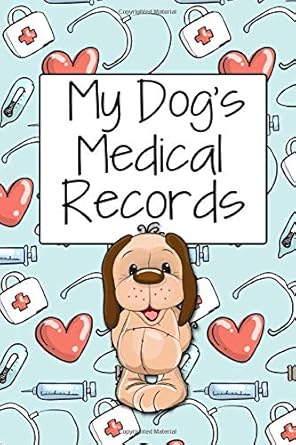
In high-stress situations, it’s easy to forget details. That’s why your pet first aid kit should include key emergency contacts and basic records. Having this information at your fingertips can save valuable time and avoid confusion when every minute counts.
- Your vet’s phone number – Always the first call in an emergency.
- Nearest 24-hour emergency clinic – Look it up ahead of time and write it down. You don’t want to be searching online when your pet is hurt.
- Poison control hotline for pets – Keep the Pet Poison Helpline (855-764-7661) in your kit for quick reference.
- Medical records – A copy of your pet’s vaccination history, known allergies, and current medications can be a lifesaver if you need to rush to a new vet or emergency clinic.
When you’re under pressure, preparation saves time. Having everything in one place gives you confidence and helps medical professionals care for your pet faster.
5. Extras Worth Adding
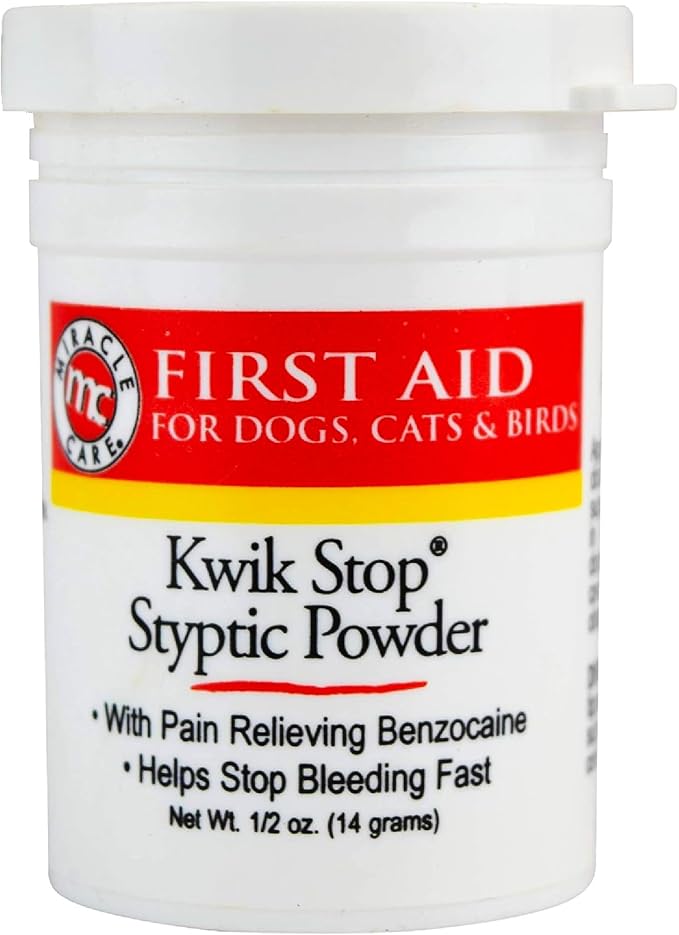
While not used as often, these extras can make a huge difference in unique situations. They take up very little space and are worth including for peace of mind.
- Instant hot/cold packs – Great for reducing swelling, soothing sore joints, or cooling down a pet that’s overheated.
- A muzzle or slip leash – Even the sweetest pet may nip when scared or in pain. Having a safe way to control them protects both of you.
- Styptic powder – If your dog tears a nail, this powder helps stop bleeding quickly. It’s one of those items you’ll be glad you had on hand.
- Emergency blanket – Keeps your pet warm if they’re in shock, or simply provides comfort.
- First aid guide – A simple printed guide can help you stay calm and follow the right steps when you’re flustered.
These extras aren’t for everyday use, but when the unexpected happens, they’re the things that turn panic into control.
A Note on Ready-Made Kits
If gathering supplies feels overwhelming, you can always start with a ready-made option like the Kurgo RSG First Aid Kit. It’s portable, organized, and gives you a solid foundation. You can easily add extras that are specific to your pet’s needs, such as medications or paw balm.
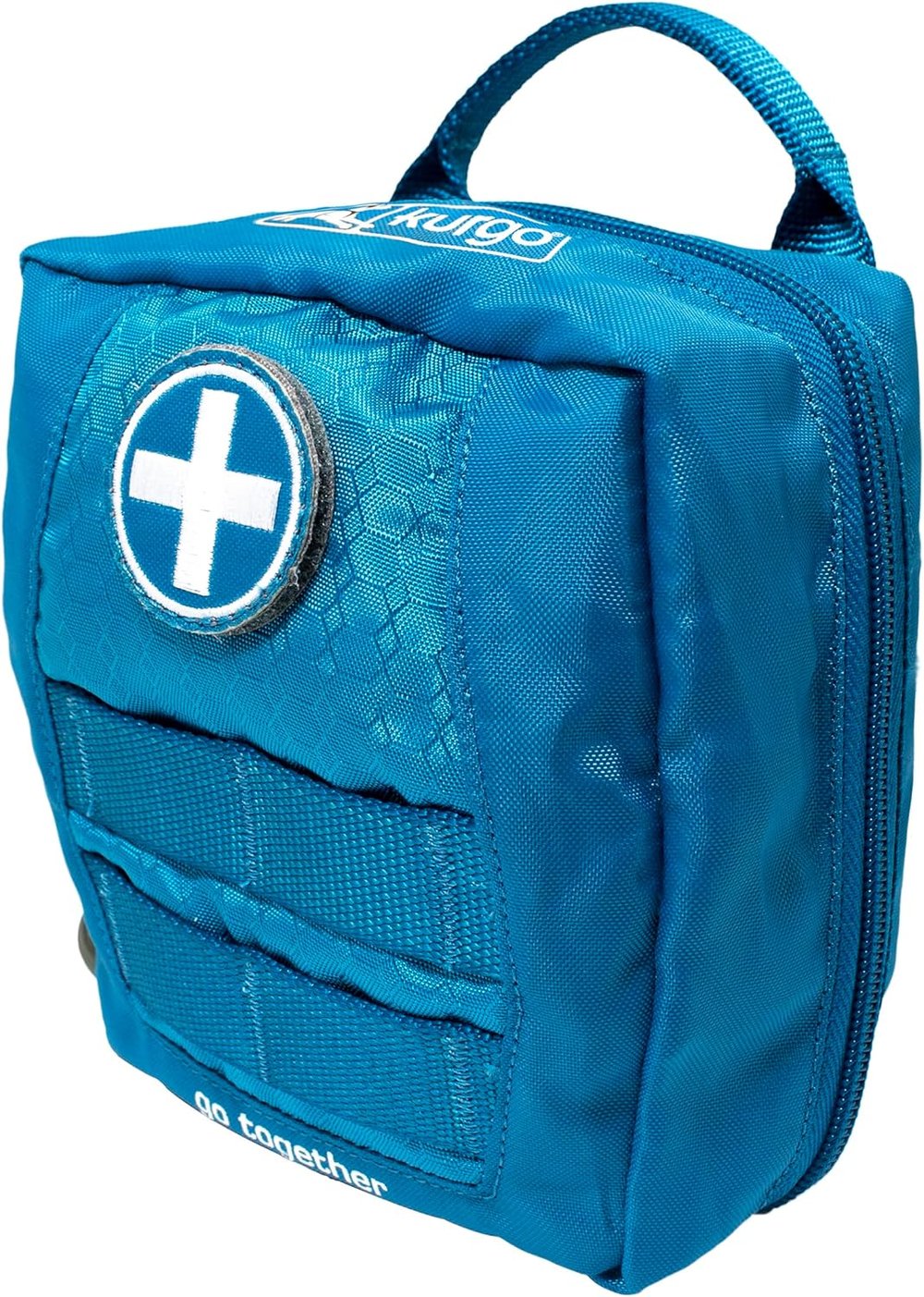
Final Thoughts
A pet first aid kit isn’t about having every possible item—it’s about having the essentials close at hand. With just a few basics, you’ll be ready to handle minor injuries, keep your pet comfortable, and buy precious time until you can see the vet.
- Start with wound care and basic tools.
- Add cleaning and comfort items.
- Keep emergency numbers and records in the kit.
- Round it out with extras for unexpected situations.
Taking a little time now to prepare gives you peace of mind and could make all the difference for your furry friend when they need you most.
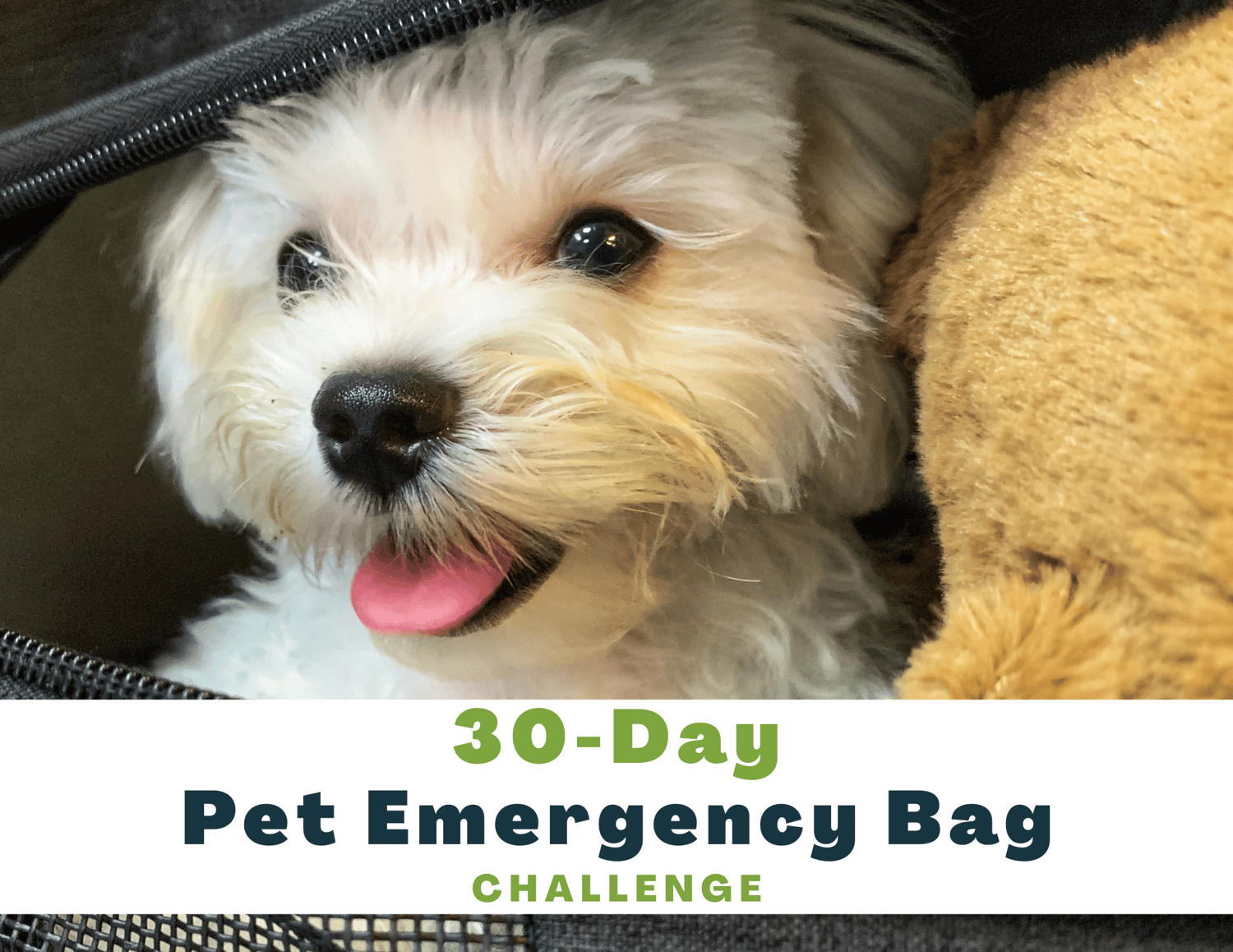
If you’d like to go beyond the basics and create a complete Pet Emergency Kit, think about adding supplies like food, water, medications, and identification records along with the first aid essentials. Taking these steps now means you’ll be ready for more than just minor injuries—you’ll have peace of mind knowing your pet is cared for in any situation.

You may also enjoy:
This post may contain affiliate links, which means I may earn a commission if you purchase through them (at no extra cost to you!) Portions of this content may be generated by AI.


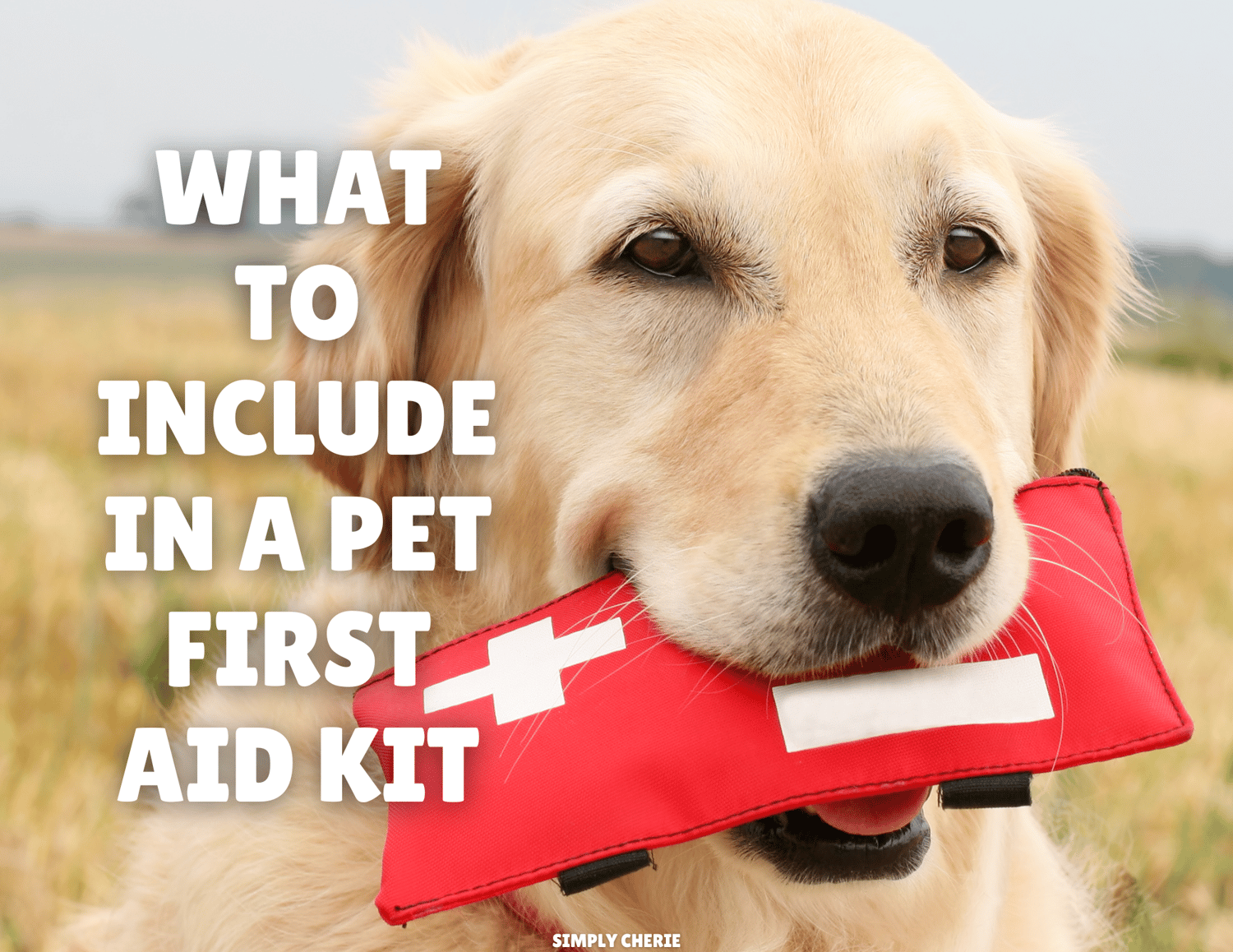
Comments ()